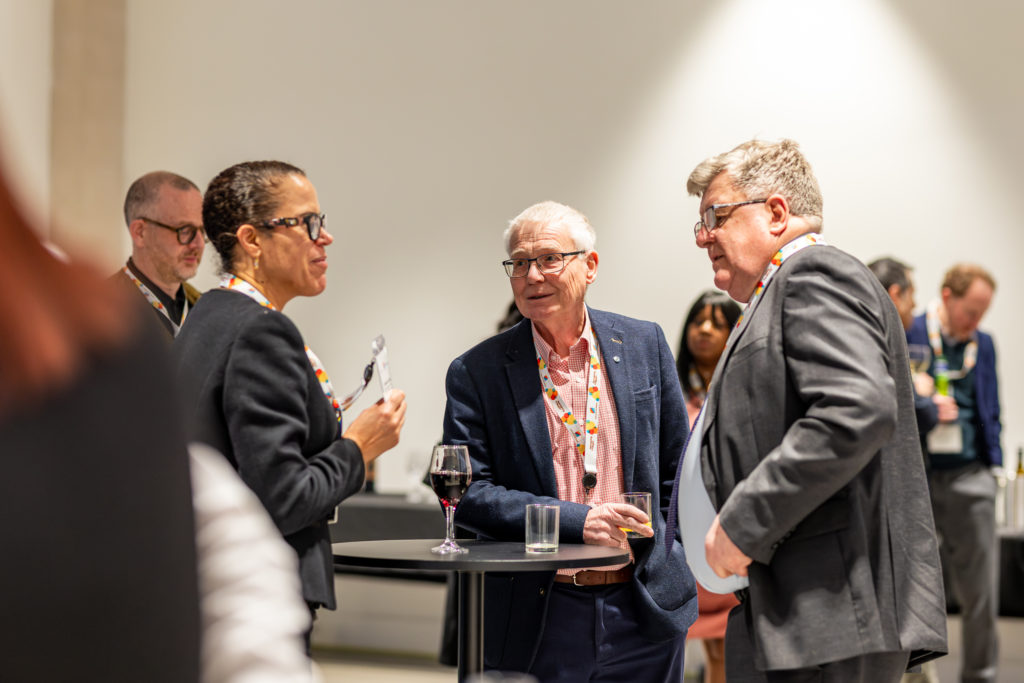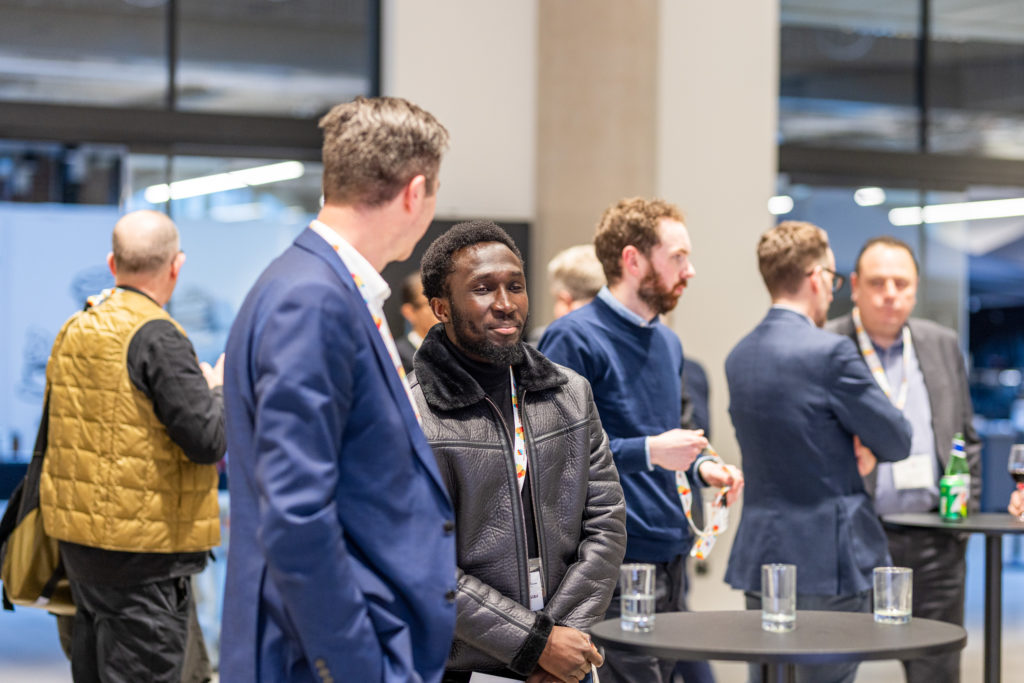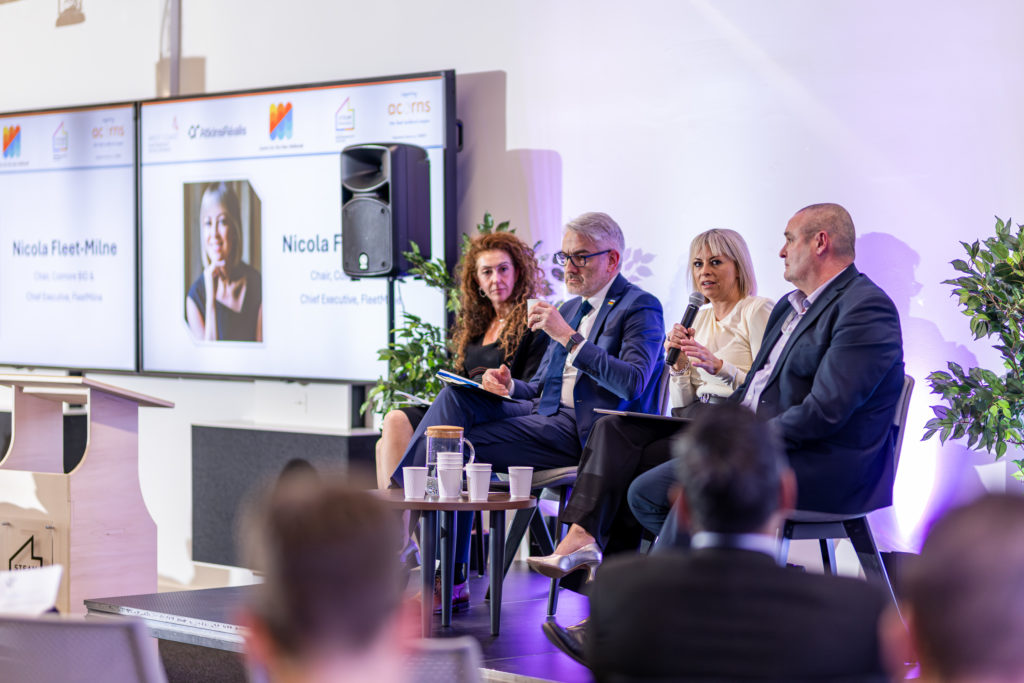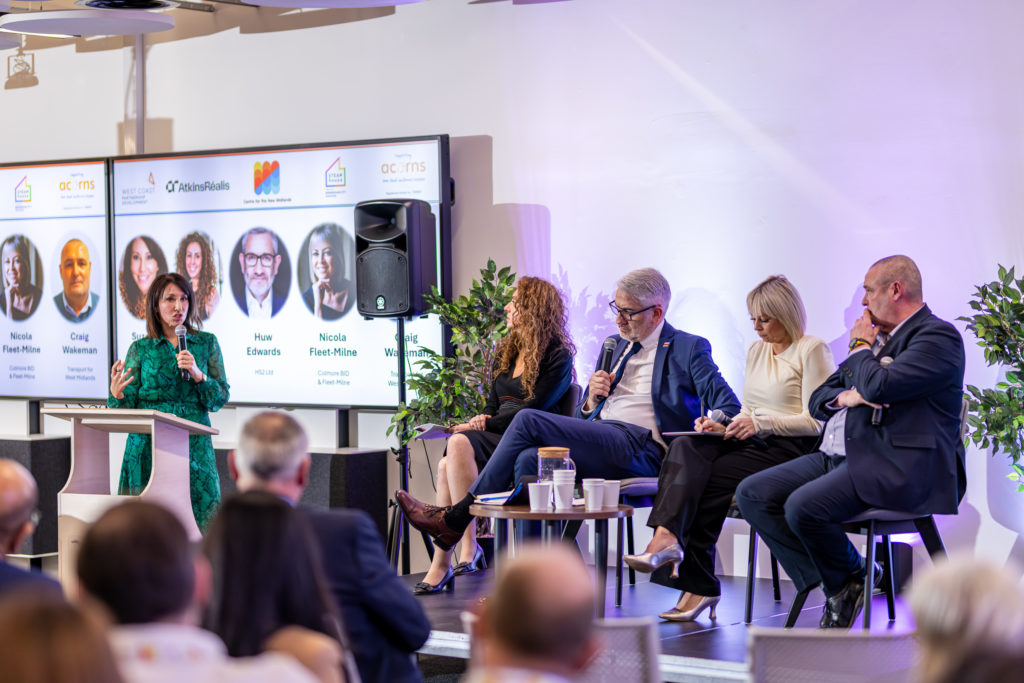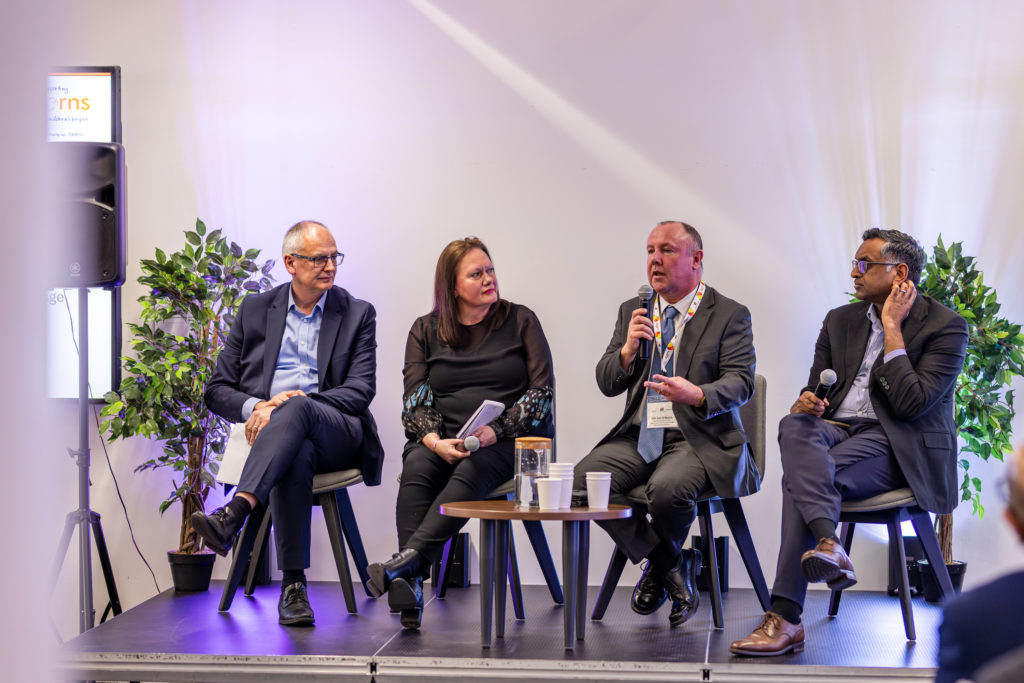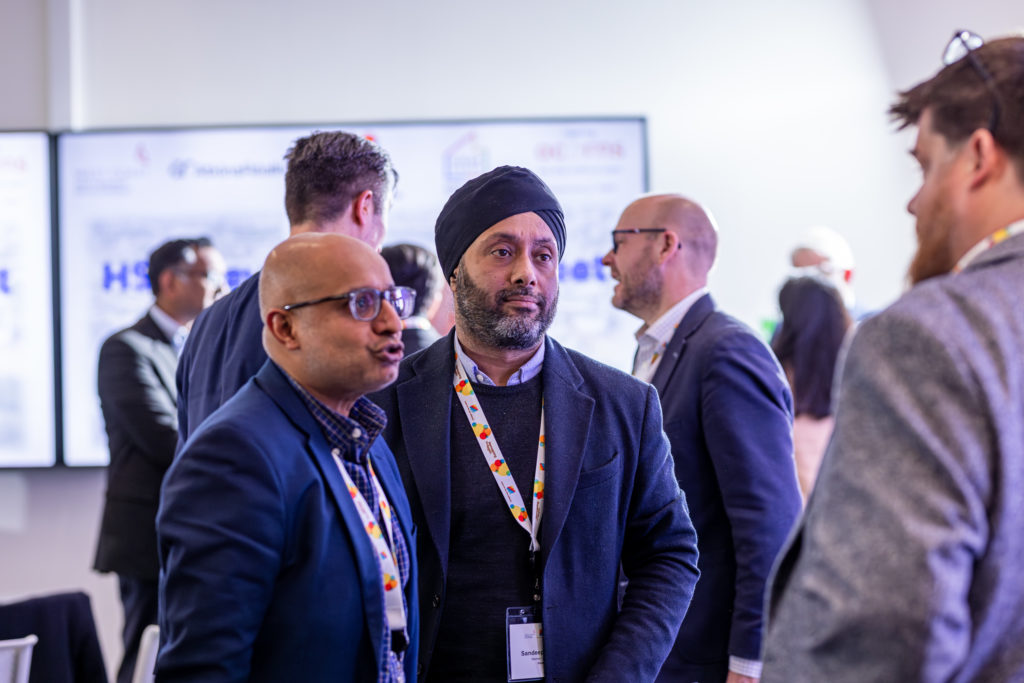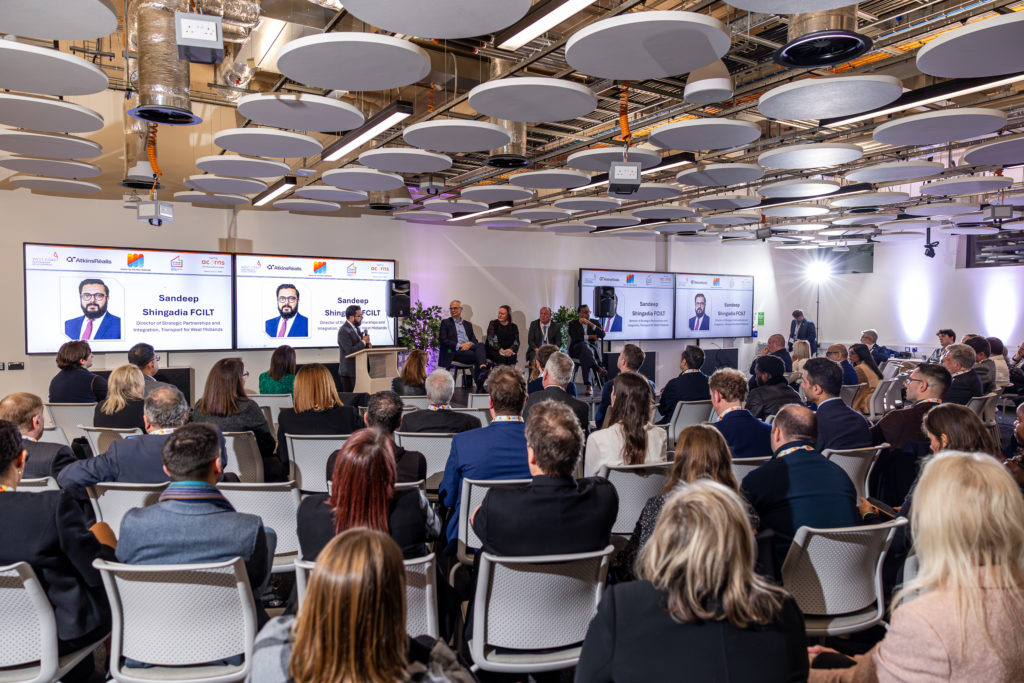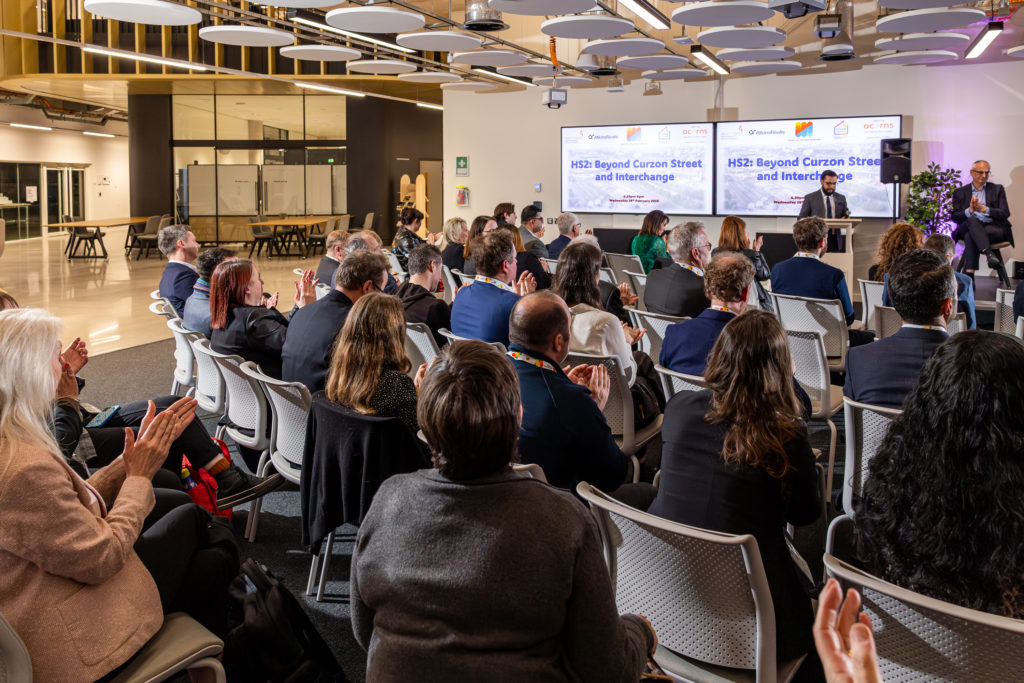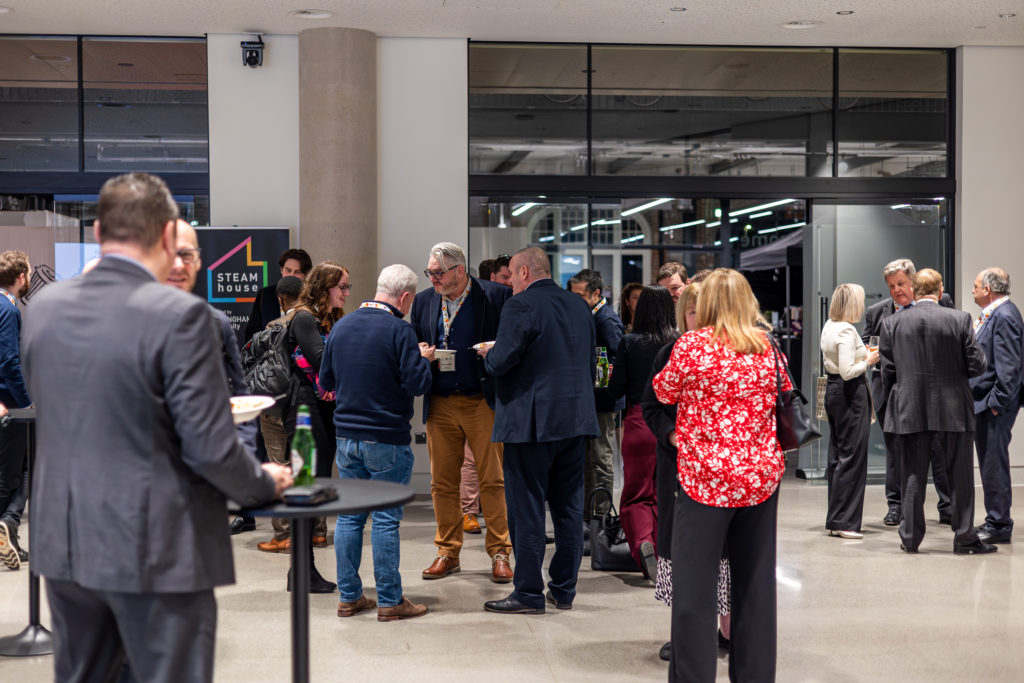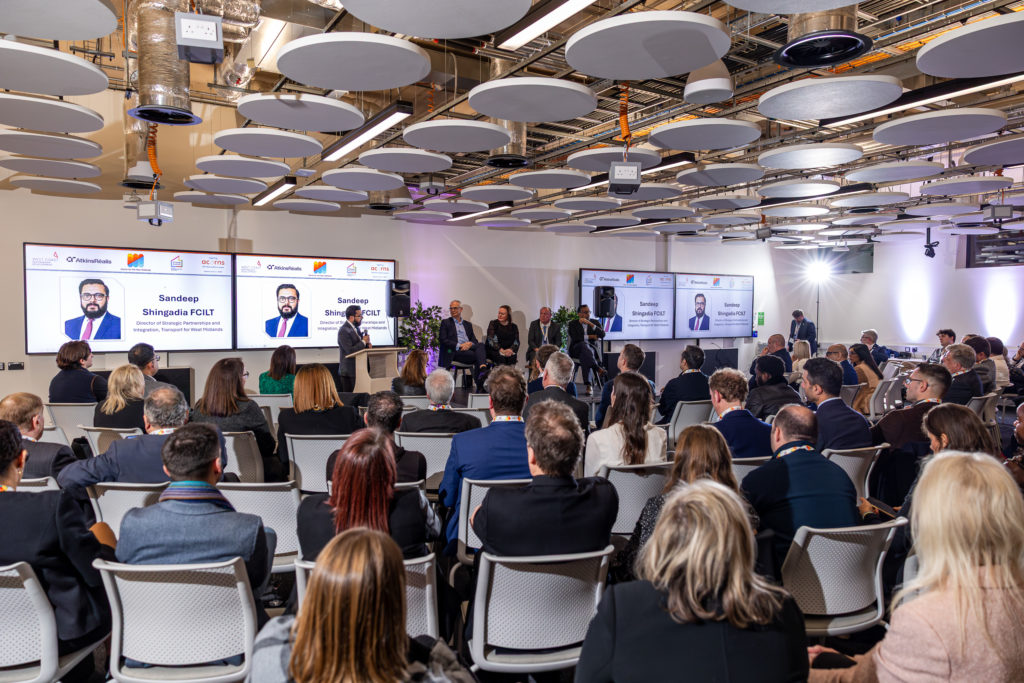
In February 2024, the Centre for the New Midlands – with our partners ‘Midlands Rail Alliance’ – brought together the then Mayor of the West Midlands Andy Street and a panel of experts to discuss the Midlands Rail Hub project.
A year on and we returned to the STEAMhouse, this time with AtkinsRéalis and West Coast Partnership Development, to focus on HS2 and its broader impact on the region, beyond the direct benefits and construction of the Curzon Street and Interchange stations.
HS2 is a huge investment project for the Midlands region. However, the discussion often focuses on the initial tangible benefits or drawbacks, such as the numbers relating directly to the project or the reduction in journey times, with the wider impact to the West Midlands region often being overlooked. With this event, we wanted to explore the extent to which the project has (or has not) impacted the region as a whole. Have there been winners and losers? Has the project brought wider investment? Has there been an impact regarding jobs and housing? To answer these questions, and to evaluate the impact of the project in its totality, we brought together two expert panels to discuss these key themes, structured around Richard Parker (Mayor of the West Midlands) priorities (Homes, Growth, Journeys and Jobs – for all).
Panel one focused on “Journeys and Homes” with the second panel tacking “Jobs and Growth”. An overview of key points from both discussions can be found below:
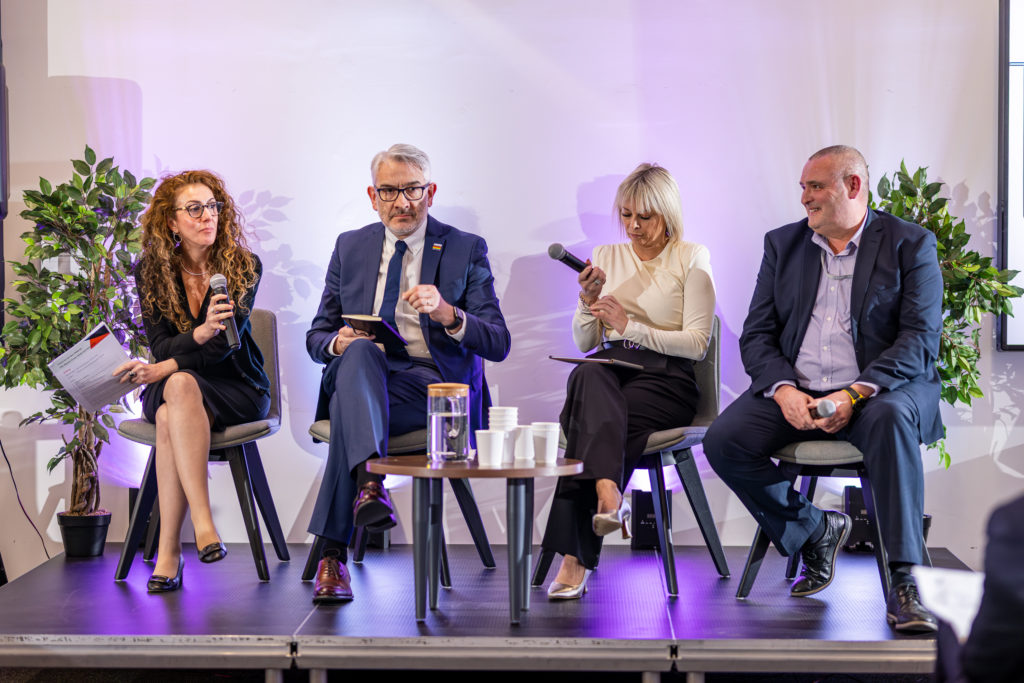
Panel 1 – Journeys and Homes
Panellists – Shamit Gaiger OBE, Huw Edwards, Nicola Fleet Milne and Craig Wakeman
- A key aspect of HS2 has been putting the market and customer at the front of decisions and driving growth through connectivity. Working proactively with partners, including Transport for London to achieve common objectives on connectivity to Birmingham and go where the growth goes. HS2 will also release capacity which will drive opportunities for jobs, further homes and growth. It will support major growth zones and industrial strategy over the next 20 years across the UK and internationally.
- HS2 will leave a legacy of economic benefit, including the delivery of 40k new homes and 30k new jobs being created, as well as 1800 apprenticeships. There is a tangible industry effect and HS2 is raising the bar – there are 333 work sites which present a huge opportunity. The project has worked hard to retain the provision at Curzon Street of 7 platforms with an ability to incorporate further Northern infrastructure, following the government announcement to cancel the Northern leg of HS2.
- There is a need to move the narrative and reframe how we talk about HS2. This will be a gateway which will bring people into the city. HS2 should not be an arrival point – it is a major destination.
- HS2 will connect to people, jobs and skills – it is already supporting more than 500 businesses. There is a big focus on local connectivity – putting 2 million people from the Metropolitan Region within 45 minutes of Curzon or Interchange Stations. As part of this, the Metro extensions are already underway, and more work needs to continue. In terms of what comes next, connectivity between Midlands and the North is terrible – HS2’s additional growth and building growth corridors, needs to be invested in for future generations.
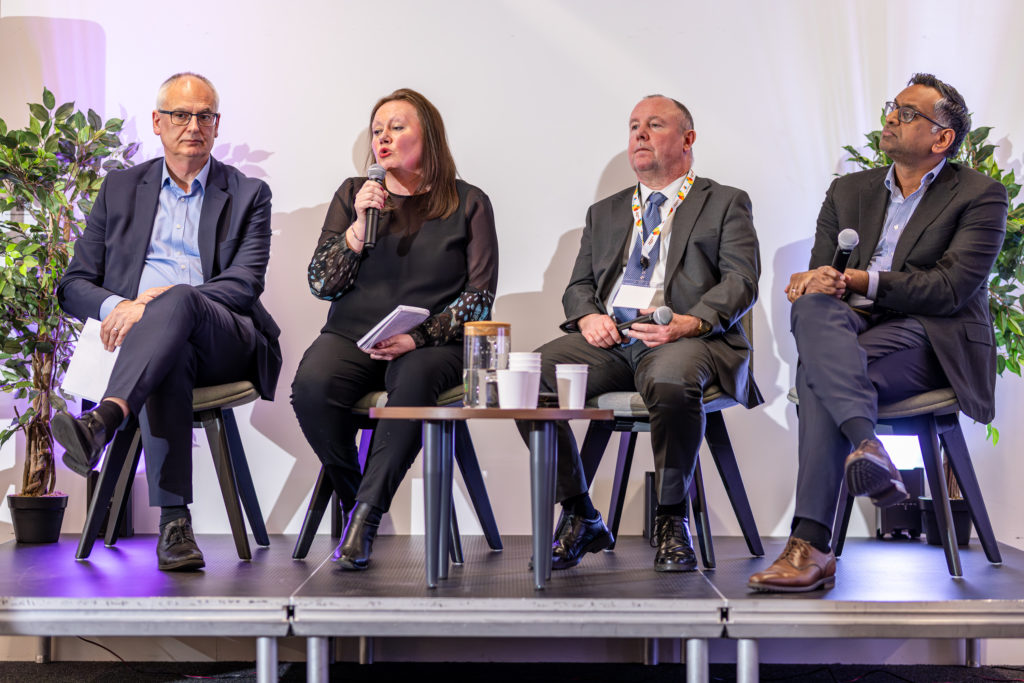
Panel 2 – Jobs and Growth
Panellists – Mike Batheram, Natalie Penrose, Cllr Jim O’Boyle and Hari Sothinathan
- The participant’s large involvement in projects across the West Midlands brought a good understanding of the issues in improving local connectivity and they also demonstrated the vested interest in the region. HS2 will complement what is already happening across the region, and boost construction jobs. There is evident investment being made, to more than just the construction sector – it is being seen across local universities and colleges.
- HS2 has had the opportunity to do something different in the jobs and skills space. There has been significant work done to build jobs and skills into the procurement contracts. There are 31k people working on the project on a daily basis, with a third of these within the Midlands. There have been 1800 apprenticeships so far and 5k workless job starts, again with a third of these being in the midlands.
- It takes 57 minutes to get from Coventry to Euston. Coventry is already establishing itself as a great city of innovation, especially with projects such as Coventry Very Light Rail which has been designed and built in Coventry using local supply chain and growing skills in this space. Very Light Rail offers an alternative to conventional light rail and can be delivered quicker and cheaper which will help improve connectivity.
- Leading on the Knighthead Capital development of the Birmingham Sports Quarter in East Birmingham, which is one of the most deprived areas in the country under whichever metric is used. This £3bn transformational investment has been stimulated primarily by HS2. There is a clear ambition to invest and develop to benefit the wider community. This will create jobs, and will help build skills in East Birmingham and beyond. The development of the Sports Quarter, driven by the investment in HS2 will create environments that people want to come back to. HS2 is driving the delivery of major infrastructure projects locally, such as Midland Metro which will improve local connectivity.
A huge CNM thank you to both AtkinsRéalis and West Coast Partnership Development for their sponsorship of the event. A thank you also goes to our panel members and attendees of the event, as well as to Suzanne Virdee for being our compere for the evening.

